Tea Leaf PlantCamellia sinensisHeight: 10' average mature height Hardiness Zones: 7-8 Find my zone Aspect: mostly shade to half shade
Size Availability
Out of season.
Our main crop of most plants is available starting in late fall.
Additional batches of plugs and quarts are usually added in May.
Many of our plants are propagated in limited quantities and can sell out quickly when posted, get on the notification list below so you don't miss out. Add your email to be notified as soon as we have them back in stock:
This does NOT subscribe your email to any mailing lists, our system will only send an inventory notification message.
The Tea Plant, Camellia sinensis, is grown throughout Asia and harvested for its tea leaves which are used in making both green and black teas. It is cold hardy to around 0 degrees but because it grows well in a container it can be grown outdoors during the spring, summer, and fall while being kept inside during the winter in colder climates. Ideally plants kept indoors during the winter should be kept cool (below 50 degrees most of the time) and in a bright location - in a garage next to a window is usually sufficient. Use a well drained potting mix as Tea Plants like free draining soil, and fertilize each spring with a slow release pellet like Osmocote.
For those in warmer climates the plants can be grown outdoors as a lovely evergreen shrub with fragrant white flowers in early summer. Plants will grow to 10-15 feet tall on their own but are typically kept pruned shorter to make harvesting the leaves easier. Plants prefer dappled sun in most environments but will take full sun in cooler climates. Leaf and flower production are optimal when plants are grown in fertile soil that is kept evenly moist. Fertilizing the plants each spring is very beneficial, but use half rates for plants in the ground.
Harvesting Tea Leaves
Leaves are harvested for making tea when they are very young, typically in the spring and through the summer only the top two leaves of each new stem are harvested. For optimal plant health typically harvests don't start until the new growth in the spring has reached 5 to 6 leaves before harvesting starts, allowing 3-4 new leaves to grow on each stem that are not harvested. After clipping the top two leaves from each new stem the plant will branch from the cut and produce new stems which can again be harvested later in the season. Harvests after the first one each year only need to leave one leaf behind on the new growth instead of three to four, so harvest can begin as soon as the new stem has three leaves. A healthy tea plant can produce a large volume of harvested leaves each season.
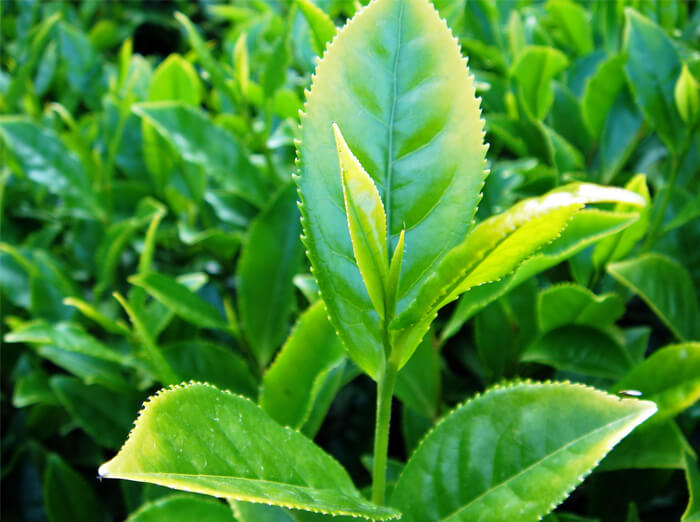 Young growth on Tea Plant
Source: Commons
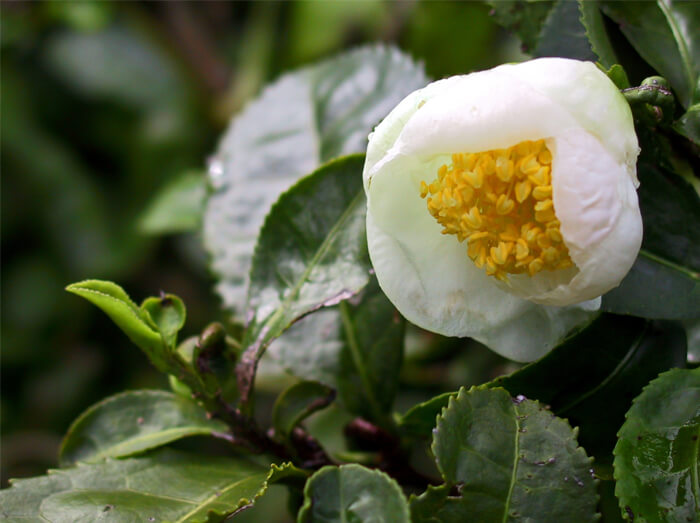 White Tea flower opening
Source: Commons
 White and yellow tea flower
Source: Commons
 White and yellow tea flower
Source: Commons
 White and yellow tea flower
Source: Commons
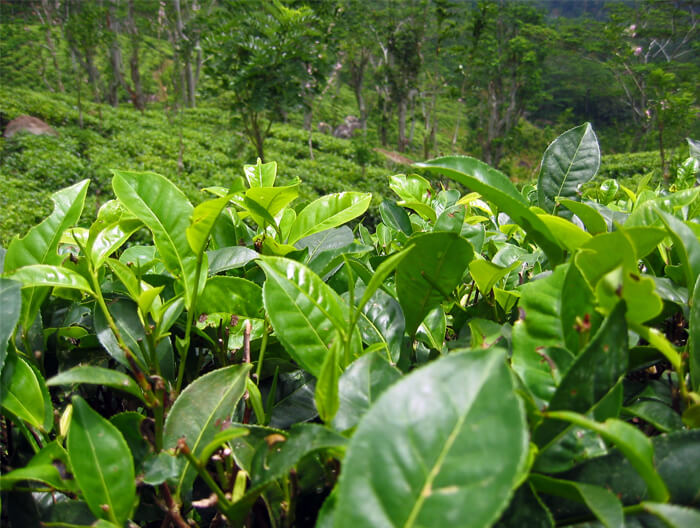 New growth after an earlier harvest
Source: Commons
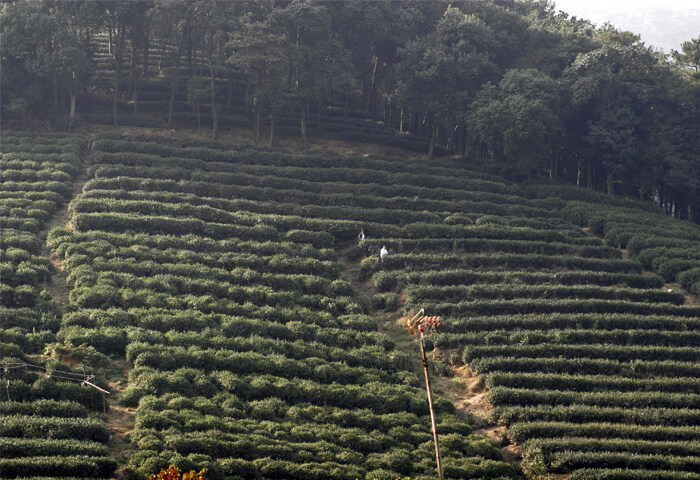 Tea fields on the side of a steep mountain
Source: Commons
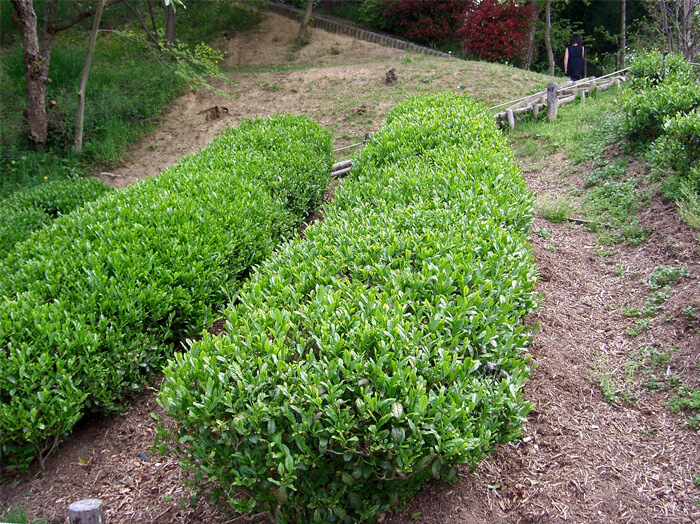 Tea plants pruned short for easy harvest
Source: Commons
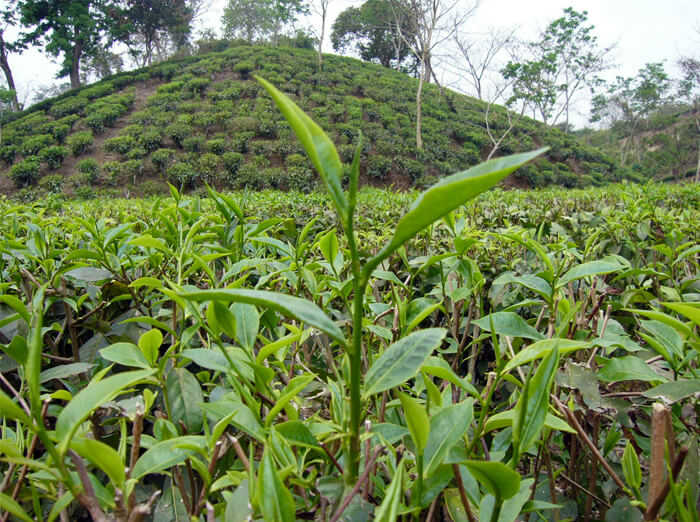 New growth emerging shortly after an earlier harvest
Source: Commons
 Leaves ready to be harvested
Source: Commons
Packing Plants For ShippingMost of our plants are shipped bare root while they are dormant from late November through April and ship via the U.S. Postal Service. Bamboo plants can be shipped in their containers year-round by UPS.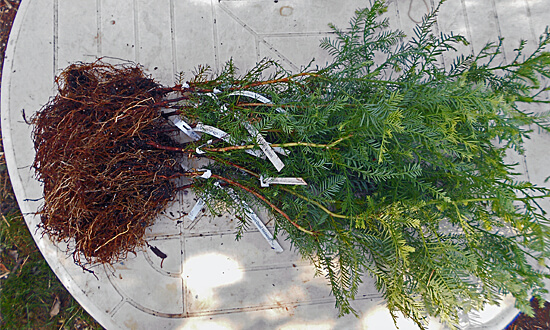 Bare root plants are soaked and wrapped together in bundles. ictured are 10x 24 inch tall Coast Redwoods. 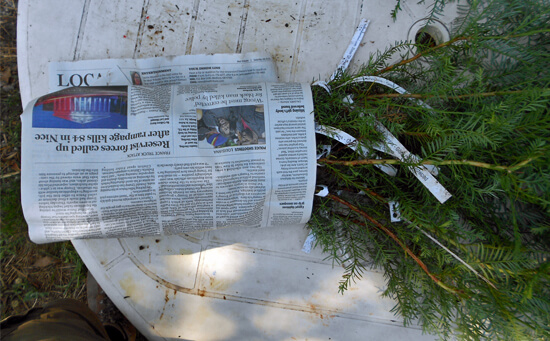 The bundled plants are wrapped in paper and labeled by variety. 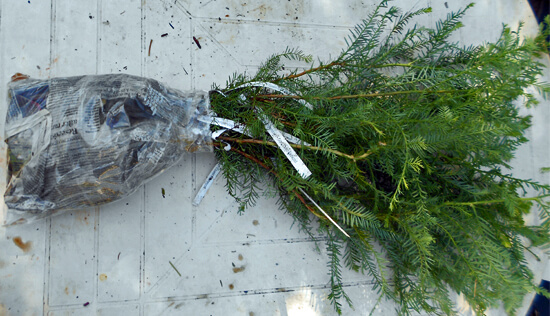 The bundle is wetted and bagged. 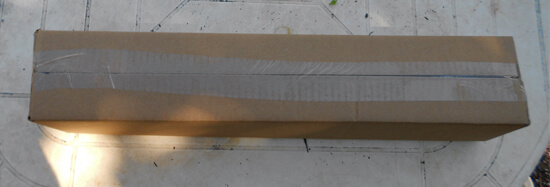 Bundles of plants are secured in long boxes. Pruning and Plant SizesWe prune both the tops and the roots of our plants at least once per year while they are growing in our nursery to ensure they develop a strong, dense form. Regular annual pruning goes a long way to ensure a healthy branching structure and this is often a missed step in many nurseries. Pruning a plant back hard after it has been neglected pruning-wise often results in an irregular branch habit or multiple leaders so we prune early and regularly instead. We also prune the roots of our plants while they are dormant which causes them to produce a much more branched structure and helps to elimate tangled masses that hinder future development. Plants that have been root pruned establish themselves much more quickly than root bound plants. Generally, hardwood plants will be pruned in the winter and conifers will be pruned in the summer.Before shipping plants we prune the tops and roots one last time. Conifers will usually have very little pruning except to balance out long branches. Shrubs are usually pruned to around 1-2 feet tall to encourage low branch development and small to medium sized trees are usually pruned to around 36-40 inches. Pruning trees at this height encourages dominant branches to begin forming around 3 feet from the ground which typically looks the best in most situations. However, if you want a tree to have branching start higher (some city codes require trees to not branch below 4 feet) we have longer boxes available. To request taller trees please contact us at least three days before your ship date. Depending on your location and the shipping routes there may be a fee for oversize package handling (usually about $15 for a 60 inch box). 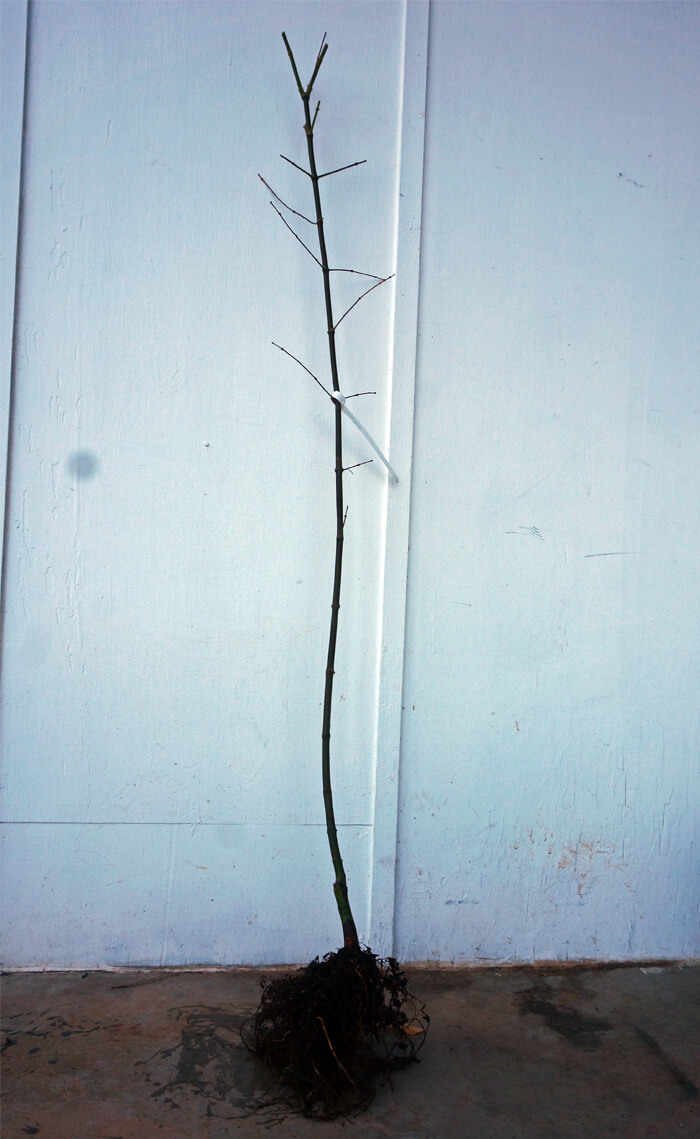 Tall trees (Oaks, Ginkgo, large Maples, etc.) are pruned to 40 inches to encourage crown development from about 36 inches and up 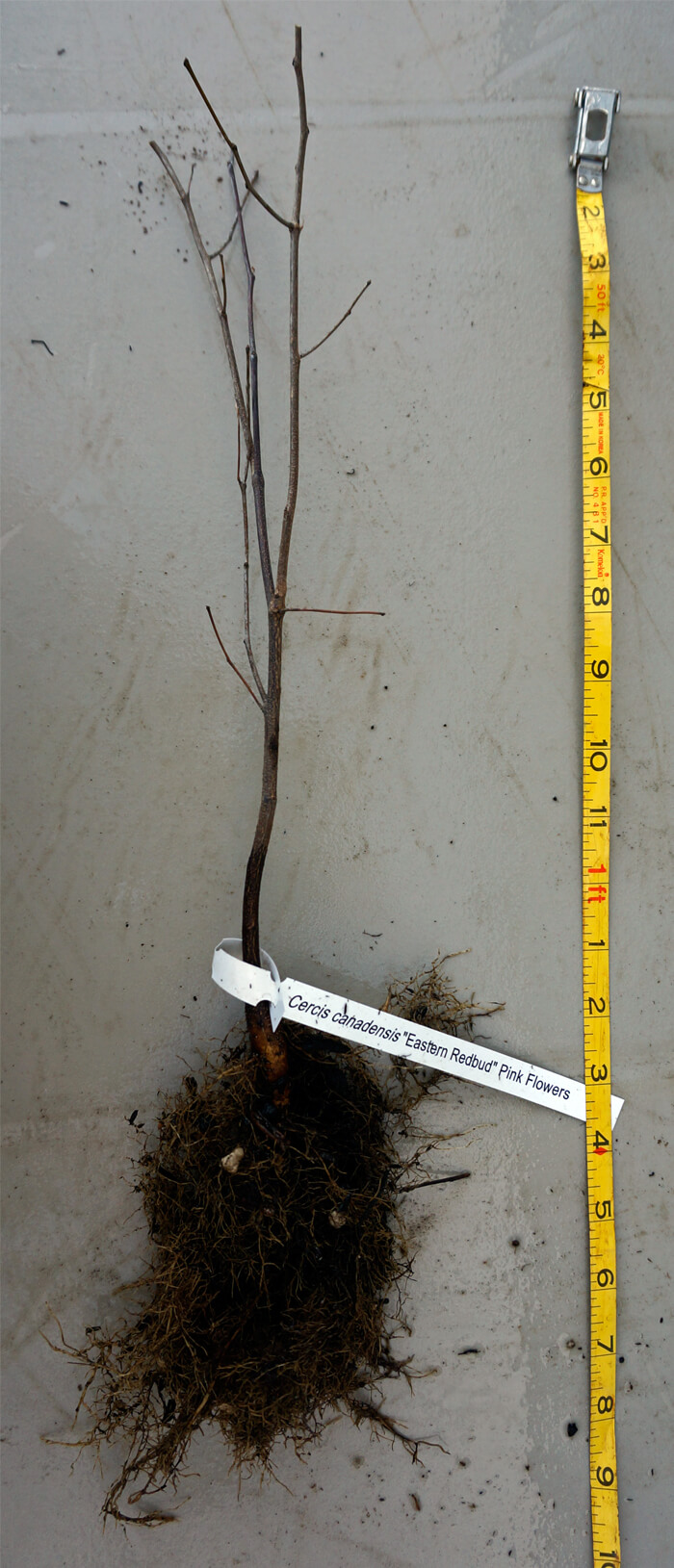 Small and medium trees (short Maples, Redbuds, Stewartia, etc.) are pruned 10-20 inches above the prune line from last year 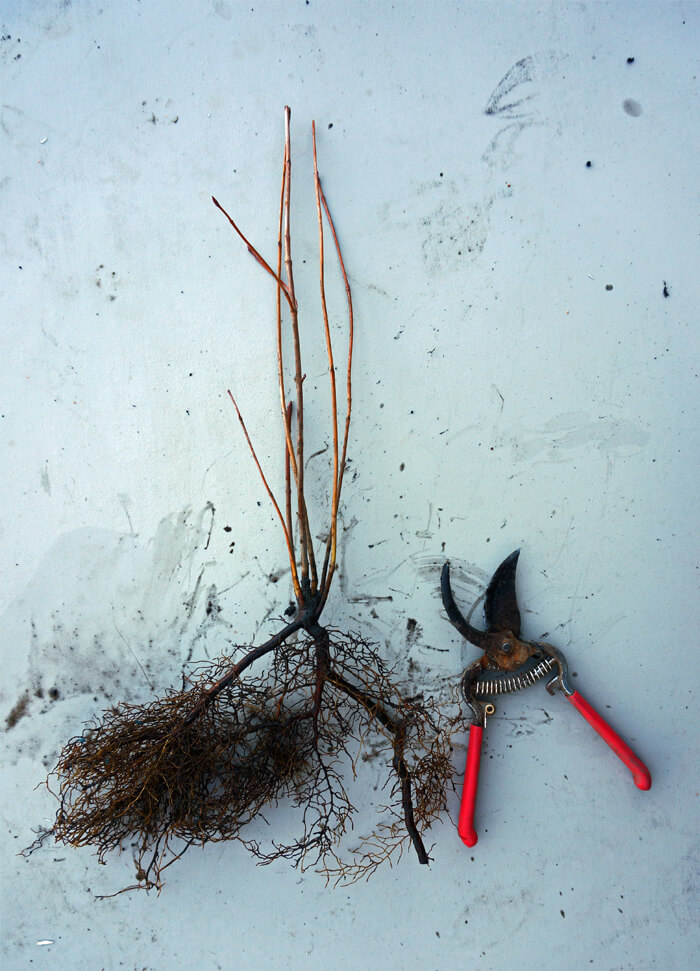 Shrubs (Weigela, Hydrangea, Viburnum, etc.) are pruned to 18 inches tall and root pruned one last time 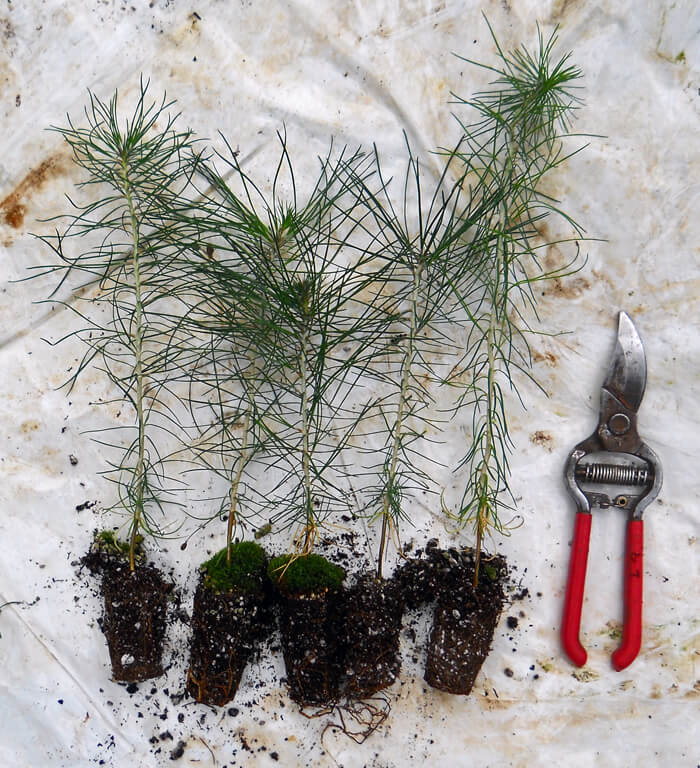 Small plug size Bamboo Plants Are Shipped In Their ContainersBamboo roots are not flexible and so plants have to be shipped in their containers. These plants are heavier and are shipped separately from bare root plants. Because they are potted they can handle longer transit times so can ship via UPS Ground instead of USPS Air Mail. Potted plants can also be shipped year-round.We regularly top our 1 gallon bamboo plants at 24-30 inches tall throughout the growing season. This results in dense, bushy foliage while allowing for economical shipping. From this size most running species will grow to 5-6 feet tall in the first spring and clumping species will usually grow to 4-5 feet tall.  1 gallon bamboo plants strapped in and ready to be sealed. Unpacking Bare Root PlantsYou will be sent tracking details as soon as your plants are shipped. Unpack your plants as quickly as possible after they are delivered. We use two types of boxes, side-sealing and top-sealing. For boxes that are taped along the whole length you can cut the tape on either side and remove the plant bundles by cutting the tape holding the bundle to the bottom. For boxes that are sealed on the top and bottom, it is easiet to open the bottom of the box (the shipping label is at the top) and pull the bundle of plants out straight out. Check that the box is empty as there can be a second bundle of plants stuck towards the top.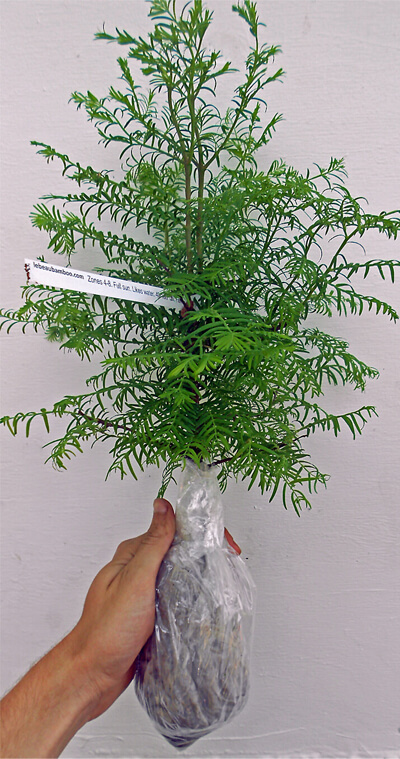 A bundle of trees. What if I am not able to plant right away?You can usually leave the plants in their shipping container unopened for 1-2 days if there were no shipping delays and you have received your plants from late November through February. Plants shipped when it is warmer can't stay in their packages for as long. |
Size Availability
Out of season.
Our main crop of most plants is available starting in late fall.
Additional batches of plugs and quarts are usually added in May.
Many of our plants are propagated in limited quantities and can sell out quickly when posted, get on the notification list below so you don't miss out. Add your email to be notified as soon as we have them back in stock:
This does NOT subscribe your email to any mailing lists, our system will only send an inventory notification message.
|

